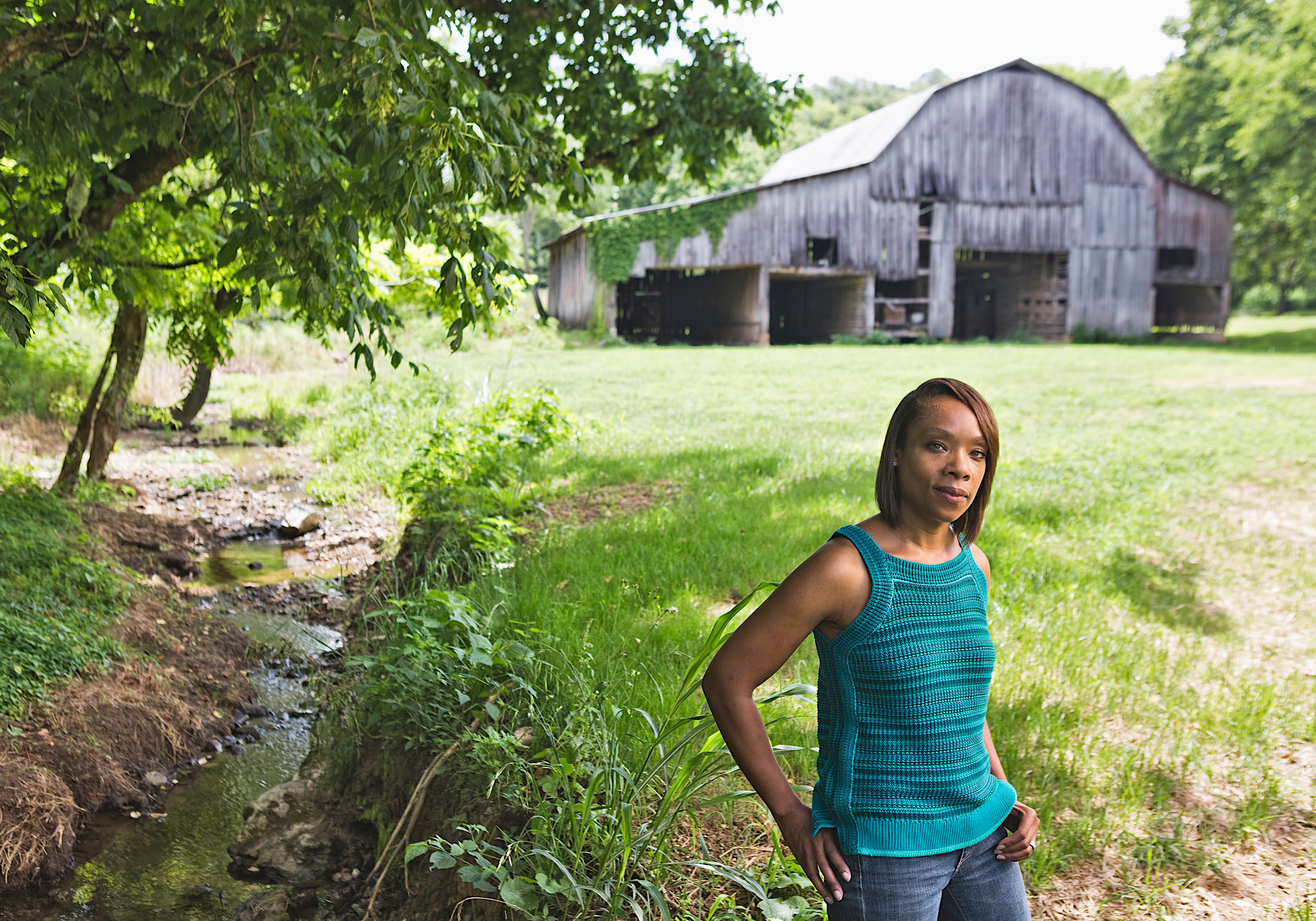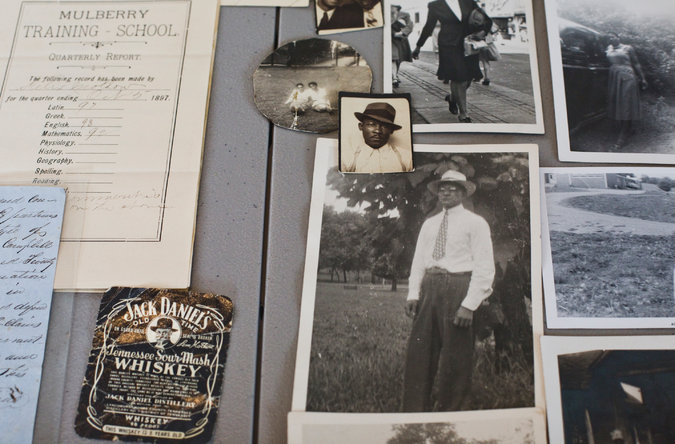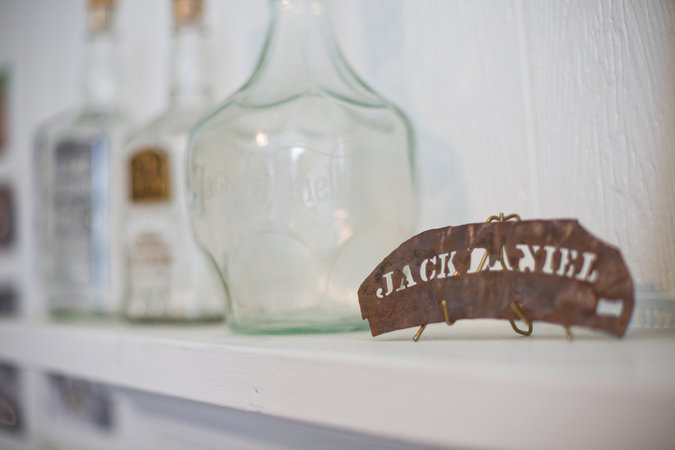[dropcap]Green’s[/dropcap] existence had long been an open secret, but in 2016 Brown-Forman, the company that owns the Jack Daniel Distillery here, made international headlines with its decision to finally embrace Green’s legacy and significantly change its tours to emphasize his role.
“It was jarring that arguably one of the most well-known brands in the world was created, in part, by a slave,” said Ms. Weaver, 40, an African-American real estate investor and author.
Determined to see the changes herself, she was soon on a plane from her home in Los Angeles to Nashville. But when she got to Lynchburg, she found no trace of Green. “I went on three tours of the distillery, and nothing, not a mention of him,” she said.
[mc4wp_form id=”6042″]
 Nathan Morgan for The New York Times | Photo Credit
Nathan Morgan for The New York Times | Photo Credit
 Nathan Morgan for The New York Times | Photo Credit
Nathan Morgan for The New York Times | Photo Credit
 Nathan Morgan for The New York Times | Photo Credit
Nathan Morgan for The New York Times | Photo Credit
 Nathan Morgan for The New York Times | Photo Credit
Nathan Morgan for The New York Times | Photo Credit
NATIONAL MUSEUM OF AFRICAN AMERICAN HISTORY & CULTURE | DC
The National Museum of African American History and Culture (NMAAHC) is a Smithsonian Institution museum established in December 2003. The museum’s building, collaboratively designed by Freelon Group, Adjaye Associates and Davis Brody Bond, is on the National Mall in Washington, D.C. It has close to 37,000 objects in its collection related to such subjects as community, family, the visual and performing arts, religion, civil rights, slavery, and segregation.
Early efforts to establish a federally owned museum featuring African-American history and culture can be traced to 1915, although the modern push for such an organization did not begin until the 1970s. After years of little success, a much more serious legislative push began in 1988 that led to authorization of the museum in 2003. A site was selected in 2006. The museum opened September 24, 2016, in a ceremony led by U.S. President Barack Obama. (Wikipedia).


You must be logged in to post a comment.